Media release – 13 May 2015.
The New Zealand King Shag, found only in the Marlborough Sounds, is one of the rarest seabirds in the world. A recent aerial survey was conducted, the first of its kind for this species, which shows a total King Shag population of 839 birds. This total is more than previous boat-based surveys which had put the population estimate at 645.
The higher population numbers reflect better accuracy of survey techniques by using aerial photography. Ian Angus, Manager Marine Species and Threats at the Department of Conservation, described the study as “the most accurate survey done to date on the King Shag, due to the innovative use of aerial photography and being conducted within a short timeframe on the same morning to avoid double ups”. The survey is a synchronised count of all colonies within 40 minutes, and also reflects an increase in numbers due to some colonies not having been counted before. As well, some changes in numbers cannot be discounted.
The survey was conducted as part of the King Shag Management Plan, run by The New Zealand King Salmon Company in consultation with the Department of Conservation and iwi representatives from Ngāti Kōata Trust and Te Runanga o Ngāti Kuia Charitable Trust.

The Management Plan was set up as part of New Zealand King Salmon’s resource consent conditions for the two new farms in the Pelorus Sound, to track any potential effect of salmon farming on the King Shag population, in particular at Duffers Reef – the largest of the eight King Shag colonies in the Sounds.
A separate report by Darryl MacKenzie of Proteus Wildlife Research Consultants and funded by the Ministry for Primary Industries and New Zealand King Salmon provided the baseline information for designing the survey. Once the survey was undertaken, three independent experts, Rob Schuckard, Graeme Taylor and David Melville independently counted the King Shags in the aerial photos, and agreed on the total head count.
Mark Gillard, Environmental Compliance Manager from New Zealand King Salmon said the consent conditions require the survey to be repeated every three years, and this first survey provides a solid baseline to compare subsequent counts against.
The King Shag was first recorded in Queen Charlotte Sound by JR Forster on James Cook’s second voyage in 1773 where their numbers were noted only as “very few in New Zealand”. Today, bird lovers from all over the world visit Marlborough to get a glimpse of the rare species.
Contact:
Karen Mant, Environmental Coordinator, New Zealand King Salmon, Tel: 027 246 0104, Email: karen.mant@kingsalmon.xyzkingsalmon.co.nz
More info:
New Zealand King Salmon Best Management Practices, King Shag Management Plan (PDF)
